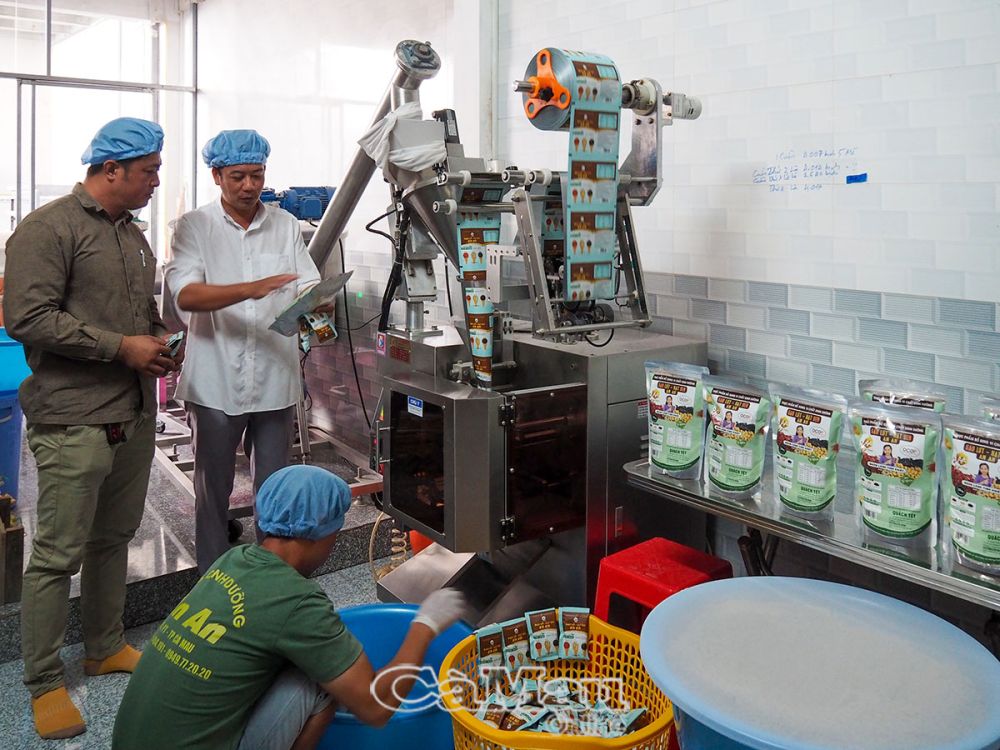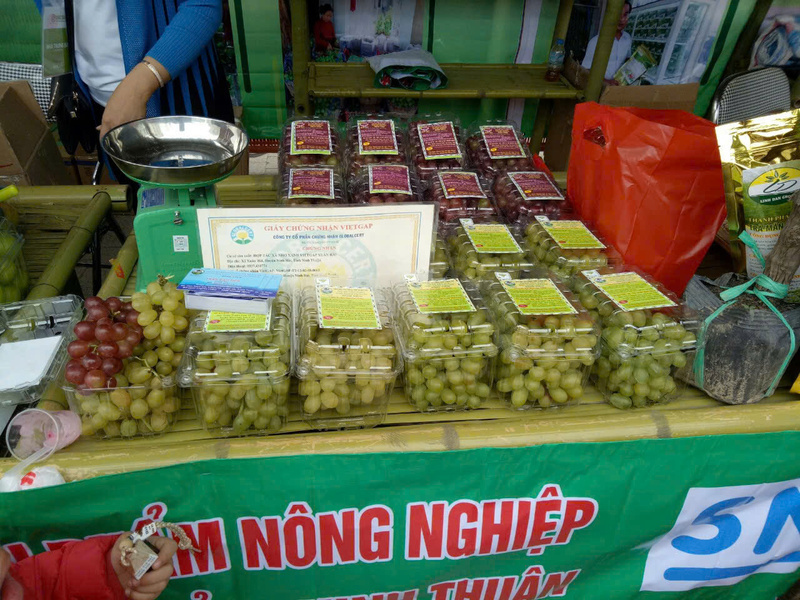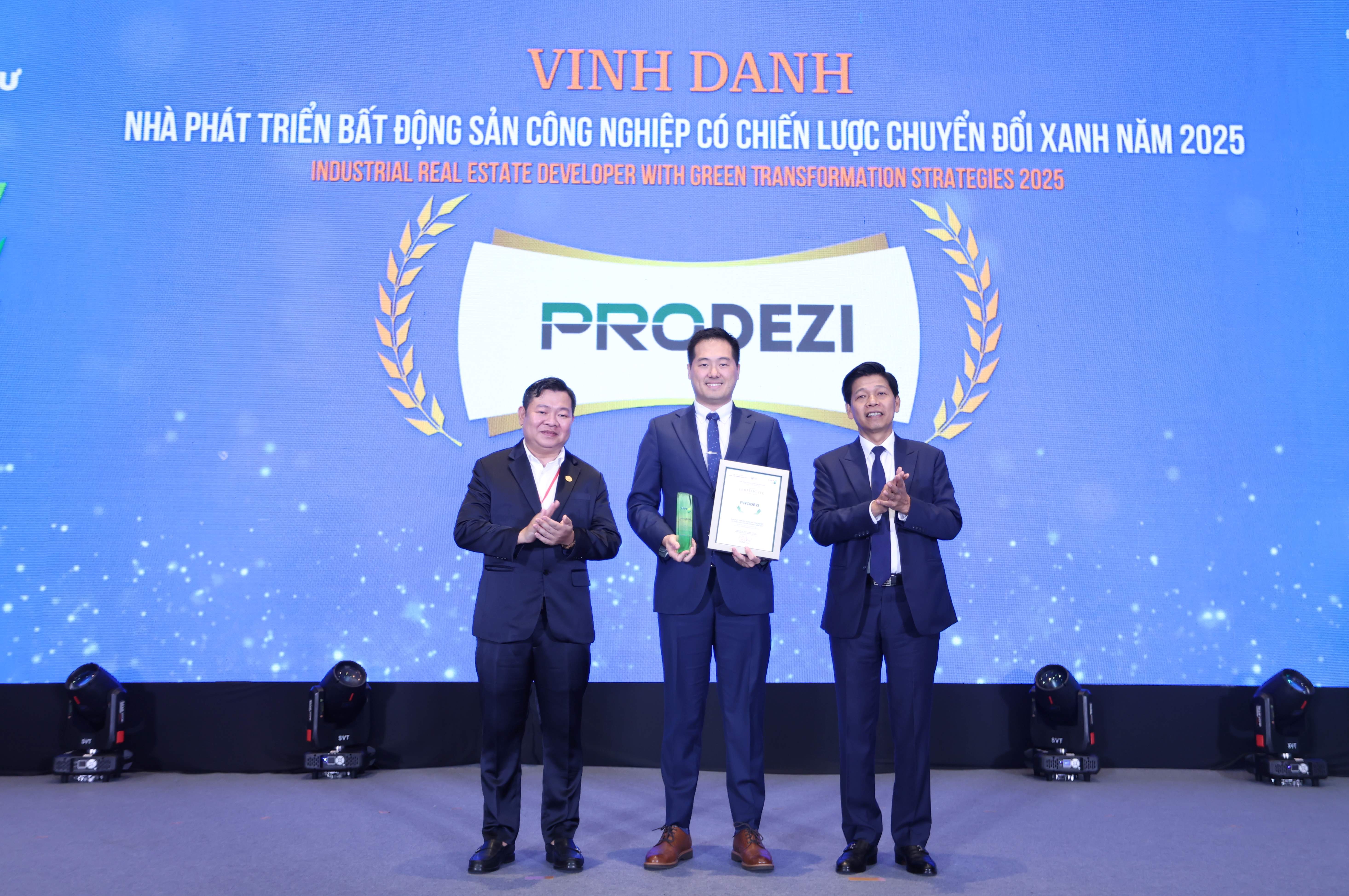
Ca Mau’s industrial promotion boosts rural industry growth
19:05 | 23/03/2025 20:10 | 04/11/2025Industry
Packaging as the “passport” to market entry
In an era of global integration and intense competition, products under the “One Commune, One Product” (OCOP) program must go beyond quality to create a strong first impression. The key to that impression lies in packaging and brand storytelling.
While product quality determines whether customers return, packaging is the gateway that draws them in the first place. Market research shows today’s consumers especially young urban buyers pay increasing attention to design, accompanying narratives, and the messages conveyed before making a purchase decision.
Tong Van Vien, Chairman and Director of the Phu Luong Agricultural Cooperative in Thai Nguyen Province, which produces the five-star OCOP-certified Huong Que tender-tip green tea, explained: “Thai Nguyen tea already has a long-standing reputation, but to compete today we cannot rely on quality alone. We have invested heavily in packaging. Each tea box is elegantly designed and compact, with a QR code for traceability. This enables our products to access the gift market, reach major cities, and even be exported”.

The Huong Que tender-tip green tea product of the Phu Luong Agricultural Cooperative.
The Thai Nguyen tea experience illustrates that packaging is more than a container, it is a powerful communication channel. Attractive, standardized, and highly recognizable packaging not only assures consumers of quality but also elevates the product’s commercial value.
Similarly, Tran Cao Tien, Director of the Xuan Hai Service and Business Cooperative in Khanh Hoa Province, which markets OCOP-certified green grapes and apples, noted: “Fresh grapes and apples are difficult to preserve and transport. Therefore, investing in packaging is not just about appearance; it ensures freshness and food safety. We use premium transparent plastic boxes with security seals and an identifiable logo. This gives our products a striking shelf presence while reinforcing our cooperative’s credibility”.
Packaging has clearly become a “passport” enabling OCOP products to move beyond local boundaries and tap broader markets. It is an essential step to increase the added value of Vietnamese agricultural goods.
Touching consumers’ emotions
If packaging provides the “form”, brand storytelling offers the “soul” that differentiates OCOP products. In a marketplace crowded with choices, consumers are persuaded not only by quality but also by the cultural values and social responsibility a product embodies.
A consumer group surveyed in Hanoi shared their perspectives. Nguyen Thi Lan, a 56-year-old retired teacher, said: “I often buy Thai Nguyen tea as a gift. What matters to me is not only the flavor but also how the cooperative tells the story of the land and the people who grow the tea. Hearing that story makes me value the product more”.
Among younger buyers, preferences are even more pronounced. Tran Minh Hoang, 28, an office worker in Hanoi, shared: “When shopping at the supermarket, I’m drawn to modern, minimalist, and elegant packaging. More importantly, I read the product’s origin story on the website or via QR code. A product with a clear story earns my trust and I’m willing to pay a premium”.
Meanwhile, Nguyen Thao, 34, a young mother in Ho Chi Minh City, focuses on safety and social impact: “I want products that are not only tasty and clean but also certified and proven to be produced by reputable cooperatives that create jobs for farmers. Reading the story on the packaging reassures me when choosing for my family”.
These insights show that brand narratives reflect social responsibility, local identity, and each cooperative’s ambition to expand. Many international companies have successfully adopted this approach telling cultural and regional stories or sharing their production philosophy to create unique value in global markets.

The grape product of the Xuan Hai Service and Business Cooperative.
When modern packaging blends seamlessly with an emotionally rich brand story, OCOP products appeal not only to the eye but also to the heart. This is the most direct path for local goods to enter larger markets, from domestic supermarkets to international shelves.
As Tong Van Vien emphasized: “Today’s consumers don’t just drink a cup of tea; they want to savor the story behind it. When packaging and brand storytelling are done well, OCOP products are no longer confined to local borders”.
For Tran Cao Tien, Ninh Thuan’s green grapes and apples are “gifts of the southern sun and wind”: “We want to convey that story fully through our packaging and brand, so each box of grapes or apples is not merely a product but a message about the land and its people”, he stressed.
In affirming the position of OCOP products, packaging and brand storytelling stand as twin pillars. Packaging opens the door to consumers, while storytelling keeps them engaged through empathy and trust. When both elements receive proper attention, OCOP products move ever closer to consumers’ hearts and shopping baskets, helping to spread the value of Vietnamese agriculture across domestic and global markets.

19:05 | 23/03/2025 20:10 | 04/11/2025Industry

19:05 | 23/03/2025 20:09 | 04/11/2025Trade

19:05 | 23/03/2025 20:06 | 04/11/2025News and Events

19:05 | 23/03/2025 11:43 | 04/11/2025Trade

19:05 | 23/03/2025 11:39 | 04/11/2025Industry